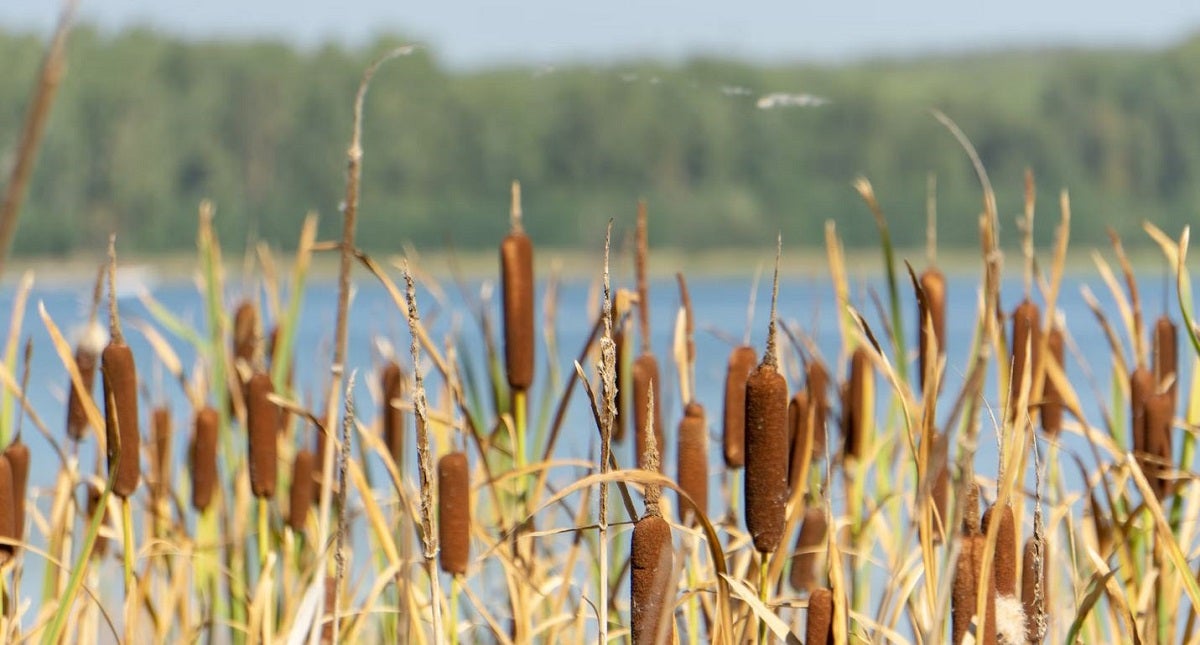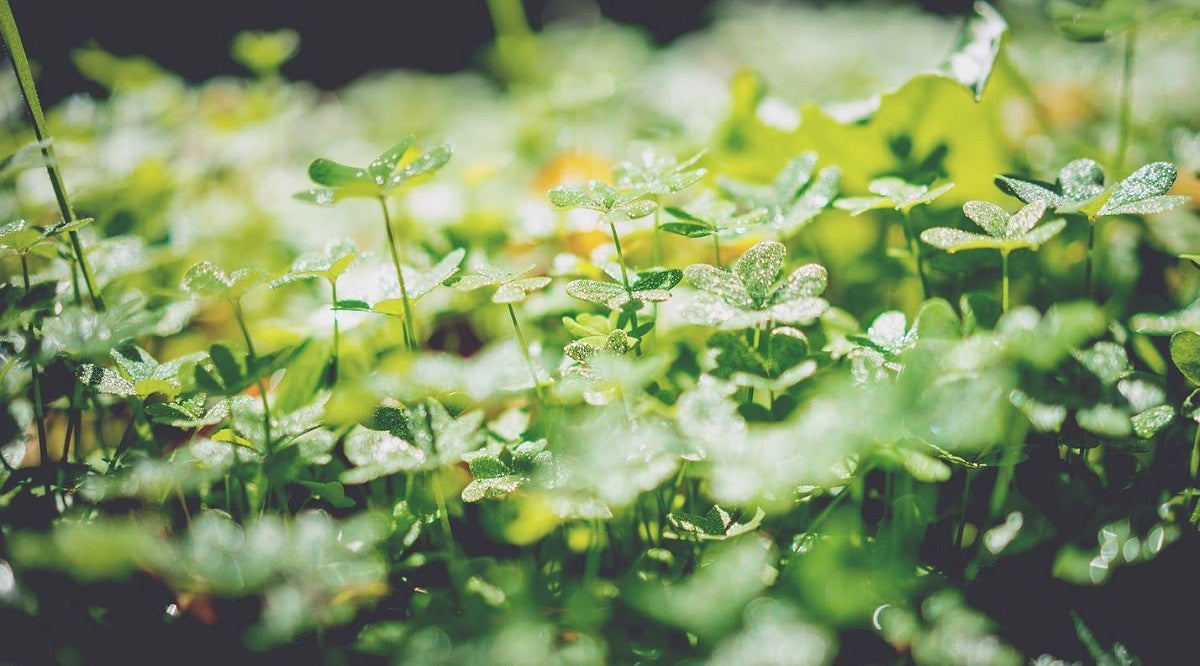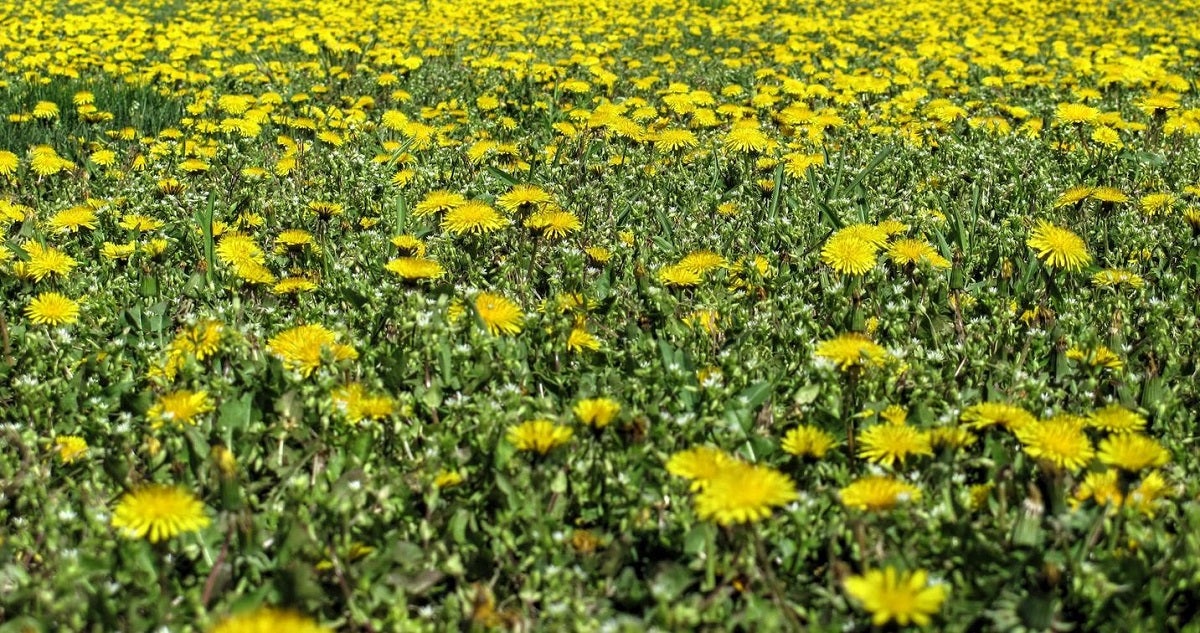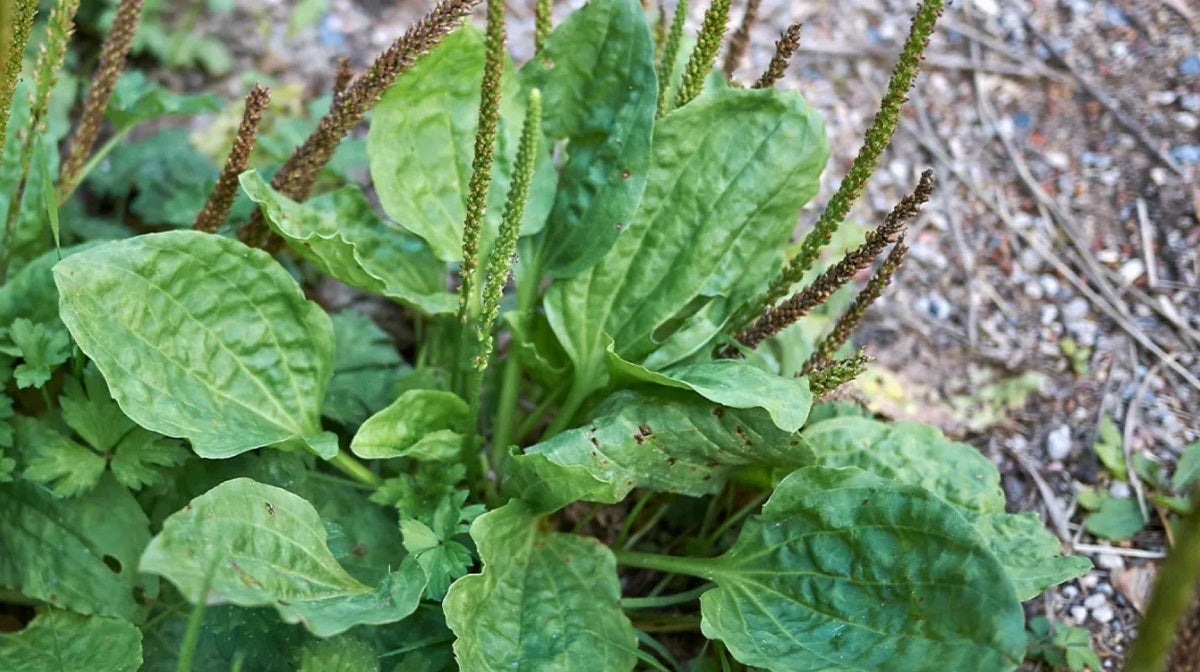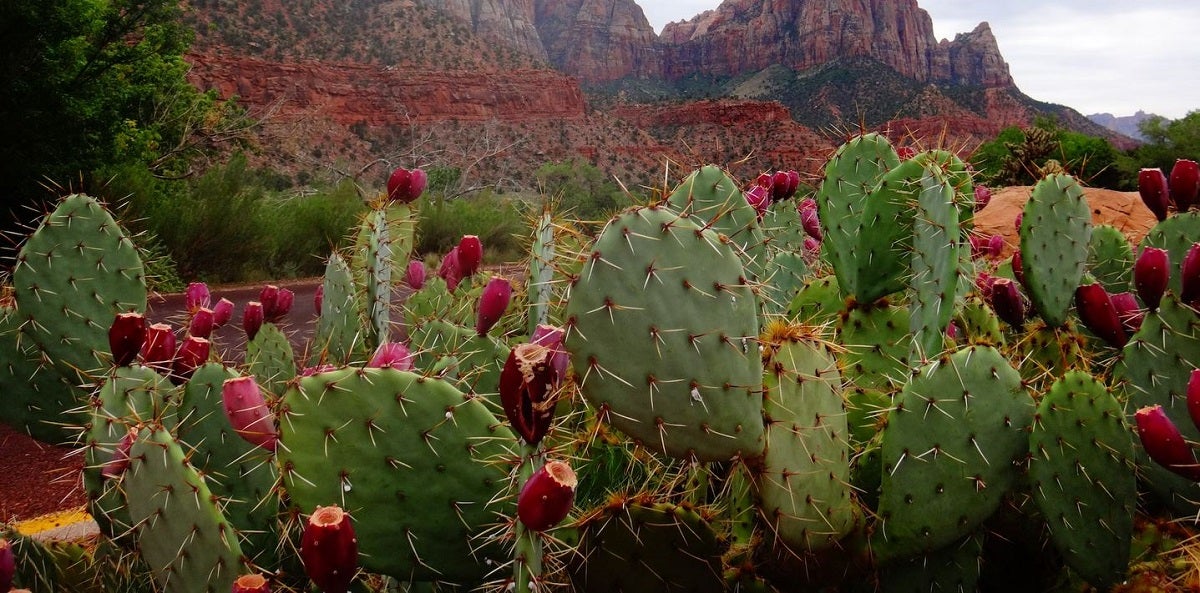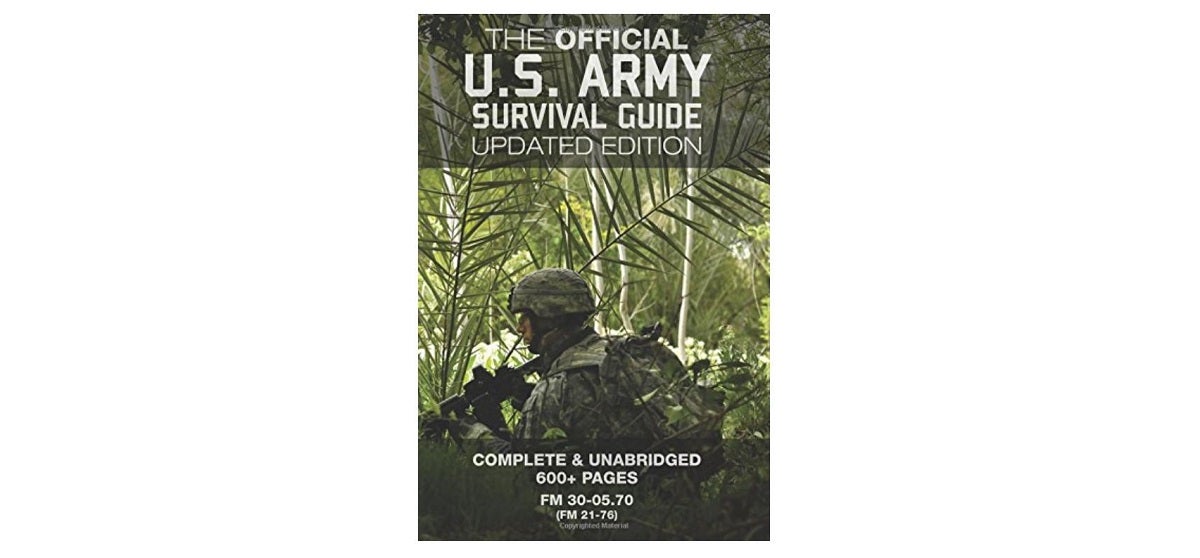“Can I Eat It?” – Common Edible Plants & How to Identify Them
Travis Olander 12.06.23
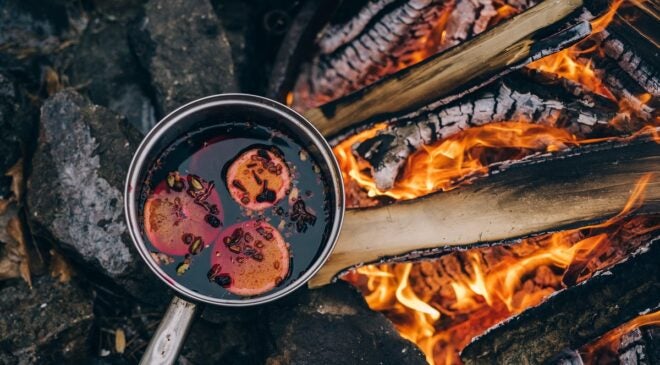
You’re stranded in the wilderness. You’d only planned on being gone for a few hours – it was, after all, just a day hike. But you managed to wander off the trail, and now you’re lost. It happens more often than you think: over 2,000 people get lost in the woods and require rescue each year. One ten-year study says over 2,000 people get lost hiking every year, requiring rescue or assistance. A significant portion of those unfortunate hikers cite hunger as the reason for requesting Search and Rescue. Indeed, going even a day without sustenance can have disastrous consequences. That’s doubly true in a survival situation, wherein you tend to burn far more calories per hour. But, eating the wrong plant to stifle hunger can have even worse (sometimes fatal) ramifications. Here are the most common wild edible plants you’ll find in the North American wilderness – but first, let’s cover what edible plants you should always avoid.
Wild Edible Plants You Should Not Eat
If you can’t positively ID a particular plant that might look edible, follow these guidelines to ensure you avoid potentially poisonous flora. Always avoid plants that:
- Display any sap or milky fluids
- Grow fine hairs or thorns
- Grow pods, bulbs, or seeds
- Grow three-leaved foliage
- Have nutty or almond scents
Most of the poisonous plants you’ll encounter in the back country display at least one of these characteristics. It won’t help your hunger, but avoiding these plants could keep you alive.
Common Wild Edible Plants
Of course, there are some edible plants that might have three-leaf stems, or they may grow berries or pods. Let’s take a look at some of them.
Cattails (Typha)
That’s right: the “hot dogs of the Earth” you’ve seen teenagers dared to eat on TikTok are, in fact, edible plants. Commonly called Cattails or Punks, the Typha plant, with its distinctive, corndog-like flower is entirely edible from tip to root. Of course, you shouldn’t just gnash your teeth on the flower itself, lest you choke on the whispy fibers within.
But the rest of the plant can be safely eaten. It’s best to boil the roots and stalk to soften them up. But in a pinch, the stalk and roots can be pulled straight from the ground and eaten raw. Be sure to wash all dirt and mud off, first. The best part of the plant is near the bottom of the stem, where the stalk turns white.
Clover (Trifolium)
If you happen upon a clover field while lost and famished, you’re in luck. The common clover, or Trifolium, is safe to pluck and eat. As you’ll read throughout this list, the same rules apply when it comes to preparation: clovers taste best when they’re boiled and softened, but they can be eaten raw. Not only are clovers edible, they’re quite healthy: they pack high mounts of fiber, vitamin C, and iron, and they grow aplenty. That makes them the perfect survival plant to eat after you’ve finished all your MREs and freeze-dried fruit.
Dandelions (Taraxacum Officinale)
As a kid, you probably let your curiosity get the better of you – and you did, indeed, find out that Dandelion flowers taste terrible. But in spite of its worrying taste, the common Dandelion is 100% edible: Flower, stalk, leaves and roots can be eaten straight from the ground. The bitter taste of mature yellow leaves can be muted with boiling, but you can grin and bare the raw flavor without any ill effects. You should obviously avoid eating Dandelions that are budding with their chuted seeds, lest you suffer a fate like those who dare to chew on a Cattail flower. But fields of yellow mean bitter, albeit safe, sustenance is available.
Plantain (Plantago)
Not to be confused with the green, banana-like fruit, the Plantain plant is common throughout North America. They often grow near wetlands, rivers, lakes, and creeks, but they’re often commonly found in alpine regions. The Plantain’s easily identified by its cabbage-like leaves, which provide dark green and rippled, measuring 4″ to 6″ when mature. The Plantain also sprouts long flowering stalks that look like Asparagus heads.
Plantain is, like the Dandelion, bitter when mature and eaten raw. Boiling the plant will dull the taste, and eating shorter-stemmed plants with smaller leaves also helps to avoid bitterness. But its leaves and stalks can be eaten raw. Plantain’s high in vitamin A and calcium, and it can even help treat indigestion, inflammation, and cold coughs – all maladies you’re likely to suffer from exposure.
Prickly Pear Cactus (Opuntia)
Although its prickly thorns and bright fruits suggest otherwise, the Prickly Pear Cactus, or Opuntia, is perfectly safe to eat. Found throughout the desert ranges of North America, the Prickly Pear provides suitable sustenance with a few precautions: You must first remove all spikes and spines, cutting down to the pad, and you should not eat the fruit. These cacti are hearty plants, so boiling the pads will help make them softer and more palatable. Chewing them raw is doable, but it poses a workout for the jaw.
Not all cacti are safe to eat, and you should avoid eating any cacti you can’t positively identify. The Peyote Cactus – yes, that Peyote – will induce an intense psychological experience if ingested. So too will the San Pedro Cactus. This is probably something you’ll want to avoid if you’re stranded in the desert. Cacti with brightly colored spines, like the Fishhook Barrel Cactus, should also be avoided.
The Universal Edibility Test (Emergencies Only)
The U.S. Army knew long ago that its troops might find themselves without access to food for extended periods of time. And, since the U.S military operates globally, brass also knew it was infeasible to teach every Joe in its ranks which plants are safe to eat. So, they developed the Universal Edibility Test as part of their Survival Field Manual. This test is designed to assess whether unknown flora is safe to eat.
To be clear, this is not a test you, the wayward hiker lost for a day or two, should resort to. This test is a last resort for those who are literally starving to death. There is an unavoidable risk in determining whether any plant is edible using this test, since you must ingest at least some of the questionable flora to determine its potentially dangerous effects.
First, Fast
Fasting should come easy if you’ve reached this point, since you’ve likely gone days without real food. You need to fast for at least 8 hours before testing any plant for edibility. This way, you can know whether any effects are from ingestion, and not some other potentially spoiled food source.
Divide the Plant into all Parts
Some plants have individual parts that are edible, while others are unsafe. Testing for this means dividing up any plant into its distinct components: Buds and flowers, leaves and stalks, stems, and roots.
Give it a Smell Test
Pretty simple: if it smells rancid, musty, moldy, bitter, foul, or nutty, you shouldn’t eat it.
Test it on the Skin
If your skin reacts to contact with a plant by sprouting hives (or if it starts itching or burning) the plant in question is certainly not safe to ingest. You can test for this by crushing the plant and rubbing it against an extremity. The forearm, wrist, or lower leg works best. Wait at least 15 minutes to observe any adverse effects. If nothing happens in this immediate timespan, things are looking good — but you’re not ready to move on just yet. You should wait at least 8 full hours for any delayed reaction to display. If the plant passes the skin test after those 8 hours, it’s time to move on.
Boil or Cook the Plant
We identified plenty of safe-to-eat-raw plants above, but when you’re working with something questionable, cooking or boiling it is a necessity. Some plants simply can’t be safely eaten raw, and must be prepared with heat to burn off (or at least significantly reduce) the risk of suffering from any potentially poisonous compounds.
Taste It (Don’t Swallow It)
After preparation, it’s time to give the plant some more reactionary tests. Touch a small piece of the plant to the lips, and wait three minutes to see if any adverse effects develop. If you’re in the clear, move onto a tongue taste test. Place some on the tongue, and wait 15 minutes. Don’t swallow it. You’re still testing for adverse effects. If those 15 minutes pass with no issue, give the plant a chew. You’re now breaking down the plant structure, releasing fibers and compounds, to further test for any hidden adverse effects. After chewing, wait another 15 minutes. If, after these 30+ minutes, all is well, it’s time to put a dent in your hunger
Down the Hatch!
Eat some of your prepared, unknown flora, but do so cautiously. Start with a bite or two, and wait another 8 hours to ensure ingestion alone isn’t hiding anything potentially dangerous. If you’re feeling fine after those 8 fateful hours, chances are high the edible plants in question are safe to eat.
